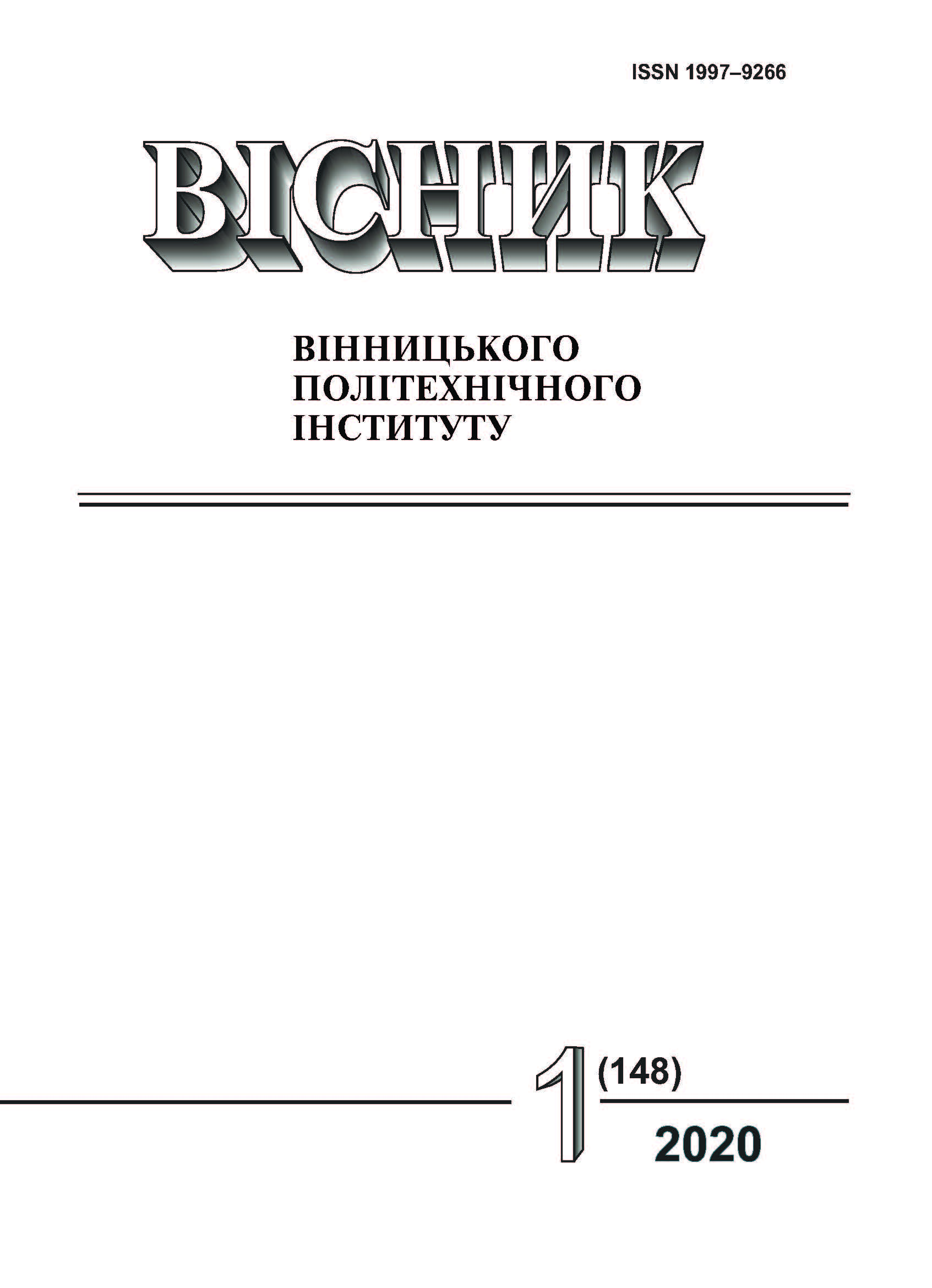Technological Features of Welding of Biodapled Plastic Based on Polylactide (PLA)
DOI:
https://doi.org/10.31649/1997-9266-2020-148-1-97-103Keywords:
biodegradable polymers, polylactide, butt welding, elongated latticeAbstract
Renewable resources can replace petroleum polymers with biopolymers throughout innovative technologies. The importance of developing new products based on bio and other innovative technologies is increasing, which can reduce the widespread dependence on fossil fuels and at the same time contribute to the enhancement of national security, the environment and the economy. Biodegradable polymers were made from a bio-source to improve mechanical properties by adding reinforcement of particles or fibers in polymer matrices, optimizing them for engineering applications.
Different from other plastics the possibility of decomposition by microorganisms, chemical or physical action. It is the property of new materials that solves the problem of waste. Currently, the development of biopolymers is under two main directions:
− production of biodegradable polyesters based on hydroxycarboxylic acids, biodegradable industrial polymers;
− production of plastics on the basis of reproducing natural components.
The design and selection of materials should be implemented taking into account the final stage of their life cycle. Thus indicating the method of decomposition, recycling or disposal. Part of bio-derived plastics may be biodegradable, decays in a short time. The use of biodegraded materials is the solution to the problems of waste, quickly and environmentally disposal. Increasing the range of plastic products and the invention of new compositions for the manufacture of plastics causes the accumulation of a large amount of waste, both in the form of used products and in the form of technological waste or packaging. The large amount of plastic waste, as well as its diversity makes it difficult to reuse it in the form of raw materials or materials.
− to prevent the generation of waste or to limit their amount and negative impact on the environment during the production of products during and after their use;
− ensure recovery in accordance with the principles of environmental protection, if waste generation has not been prevented;
− ensure that waste is disposed of in accordance with environmental protection principles which have not been prevented or recovered. Polylactide (PLA) is a transparent colorless thermoplastic polymer. Its main advantage is the possibility of recycling by all methods used for thermoplastic processing.
It is possible to form plates, trays, receive a film, fiber, packaging for foodstuffs, implants for medicine from the sheets of polylactide. But its widespread use is constrained by the low productivity of the production lines and the high cost of the product. PLA also has significant advantages such as environmentally friendly nature, promising thermomechanical properties, perfect biocompatibility and degradability.
These benefits allow a wide range of applications, especially in the fields of biomedicine, food and beverage packaging. Tensile tests showed the highest relative strength of butt welds of the PLA samples at 75-80% of the base material. The study of the fracture surfaces shows that the material is sufficiently elastic and forms elongated plate structures upon fracture. In conclusion, the PLA can be considered a polymer material, which is well welded with a heated tool.
Downloads
-
PDF (Українська)
Downloads: 285
Published
How to Cite
Issue
Section
License
Authors who publish with this journal agree to the following terms:
- Authors retain copyright and grant the journal right of first publication.
- Authors are able to enter into separate, additional contractual arrangements for the non-exclusive distribution of the journal's published version of the work (e.g., post it to an institutional repository or publish it in a book), with an acknowledgment of its initial publication in this journal.
- Authors are permitted and encouraged to post their work online (e.g., in institutional repositories or on their website) prior to and during the submission process, as it can lead to productive exchanges, as well as earlier and greater citation of published work (See The Effect of Open Access).





